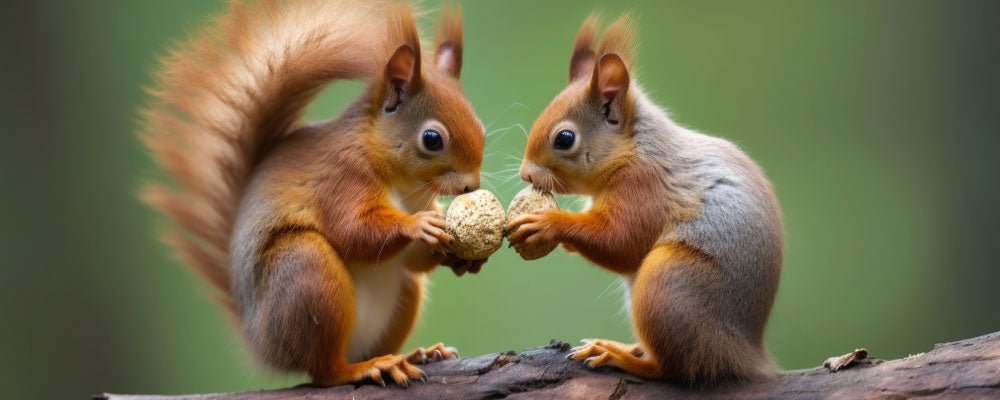
How do squirrels mate?
It is important note that though red and grey squirrels have very similar breeding biology, they do not interbreed with each other.
Despite there being equal numbers of males and females in the population, squirrels do not form stable pairs, and males may mate with more than one female during the breeding season. Furthermore, the male squirrel takes no part at all in the raising of offspring, which is left to the mother alone.
Both male and female squirrels become sexually mature at about eleven months of age, but that doesn't necessarily mean that they will begin to breed. Squirrel breeding is strongly influenced by the availability of a good food supply, and if the animals are hungry and in poor condition they will not be inclined to breed.
When do squirrels breed?
Assuming that all is well, a healthy male squirrel will be ready to mate at just about any time of the year, although some do take a few months off between September and November. Females have two seasons of cycles each year, and, if they are in good condition, can produce two litters with an average of three youngsters in each.
Pregnancy lasts for 38 days for red squirrels and 44 days for greys, and although litters can be produced at almost any time of year (except perhaps mid-winter), they are normally concentrated into two periods, the first during spring in March and April, and the second later on in the summer during June and July.
How do squirrels court and mate?
Squirrel courtship is noisy business, and the best time to look out for this behaviour is during the months of January and February. Of course, courtship does occur at other times of the year, particularly in April and May before the summer breeding season, but it is much more difficult to spot squirrels once there are leaves on the trees.
A female ready to mate most probably smells good, because it is notable that most of her suitors will arrive from downwind. The first male on the scene will start his suit by following the female very closely, continually trying to attract her attention by flicking his tail, slapping bark with his front paws and chattering loudly.
It may well be all of this commotion which helps the late arrivals to home in on the action. The attentive male continues to try and get close to the object of his desire, until it all gets a bit much for her, and the mating chase begins. She makes a dash for it, and, hotly pursued by her suitor, the pair race through the tree-tops, up, down and around trunks accompanied by wild chattering and excitement. During the activity, the other males wait then join in the challenge.
This is repeated until the female finally allows one of the males to mate with her. She will normally signal her readiness to mate by chattering softly to the male and allowing him to approach her side on with his tail stretched forwards along his body.
The male approaches her from behind and mounts, clasping her around the tummy. She will flick her tail out to one side, allowing him to mate successfully, and as soon as he has, they part and begin an intensive grooming session.
How do squirrels bring up their young?
During her pregnancy, the female will prepare the nest in which she will raise her young. This may involve refurbishment of an existing den or drey, or construction of a new one, but it is usually a bit more luxurious than the run-of-the-mill home.
The young are born blind, deaf, naked and completely helpless. The normal number in a litter is three babies, but there may be any number between one and six. During the first week the female visits them frequently, and, when she does have to feed, she doesn't travel more than hundred metres from the nest.
As the young get older, she leaves them for longer periods and travels further afield. By the time the babies are three weeks old, they have a fuzz of fur all over, and shortly afterwards their eyes and ears open. At this early age, their claws are surprisingly well developed, and they can support their own weight whilst clinging to tree bark. At about this time, the young squirrel's teeth begin to appear and they will start to chew at bits of bark or twig inside the nest.
The female now begins to leave her young for longer periods, to feed. Lactation puts a great strain on her, but studies suggest that few young die in the nest, probably because females just won't breed unless they are fit enough.
Female squirrels are very protective of their babies, and will chase away any other squirrel that might dare to approach too close to the nest tree. Should the litter drey be disturbed in any way, she will move her young to a safer place.
At about seven weeks of age, the young squirrels look like miniature versions of their parents, and they are beginning to venture out of the nest for the first time. Following close on mother's heels, the youngsters soon gain confidence, and can be seen playing for hours in and around the nest.
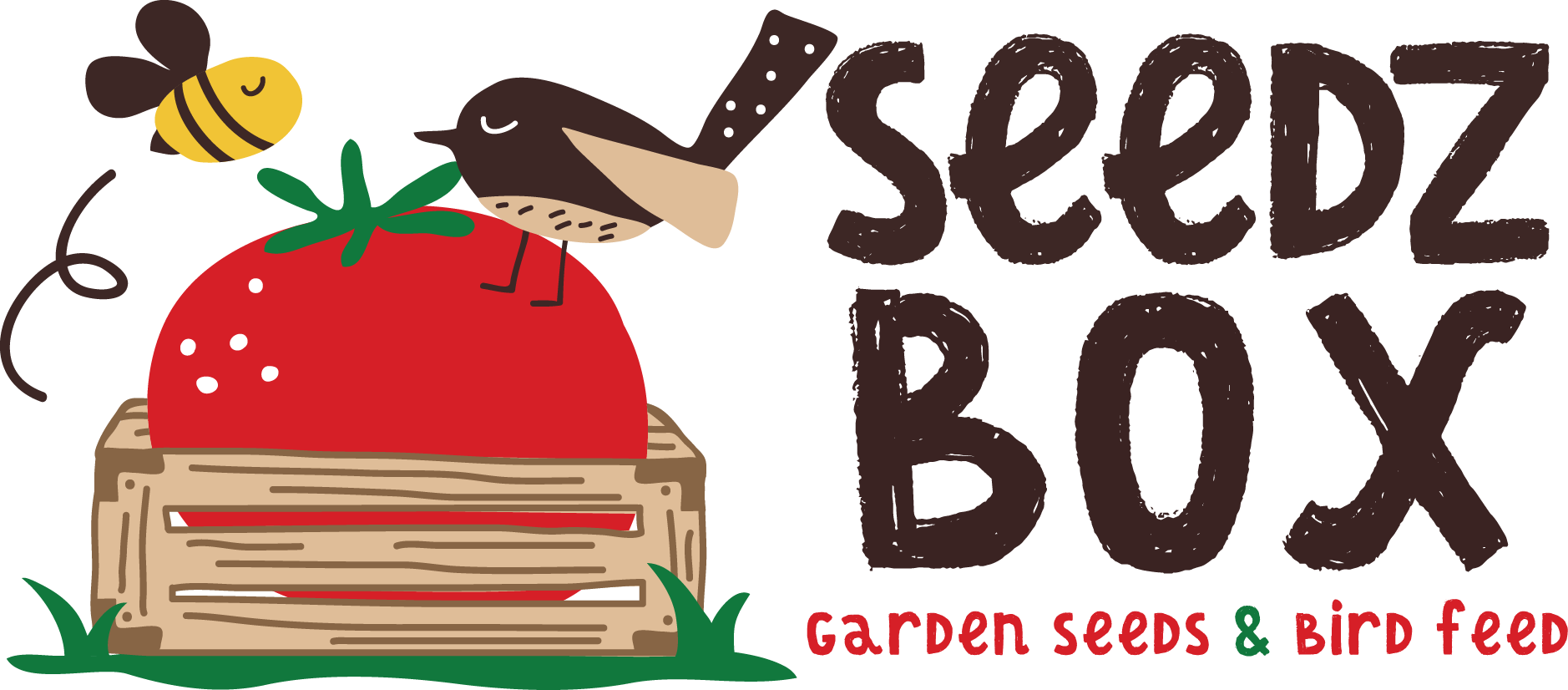
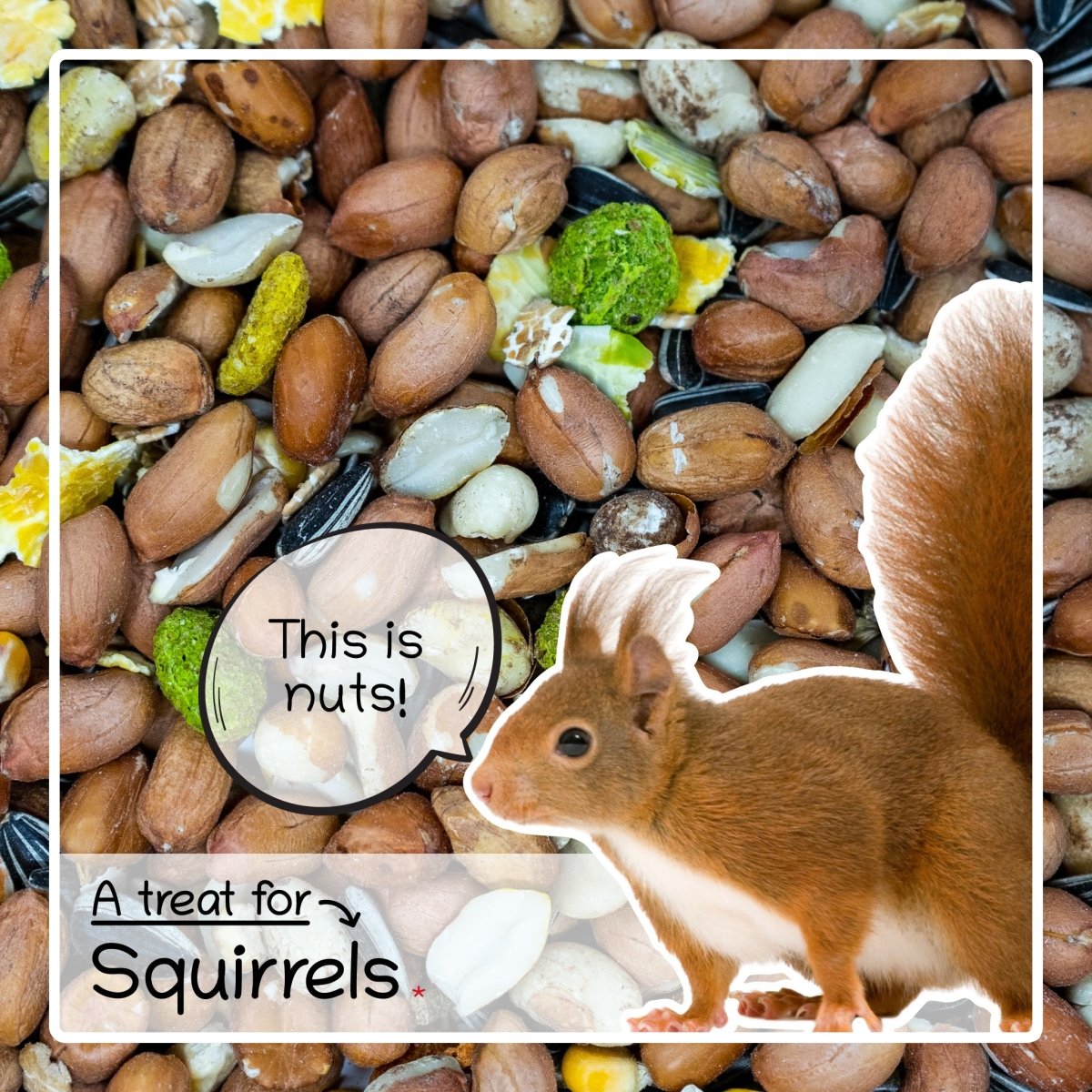
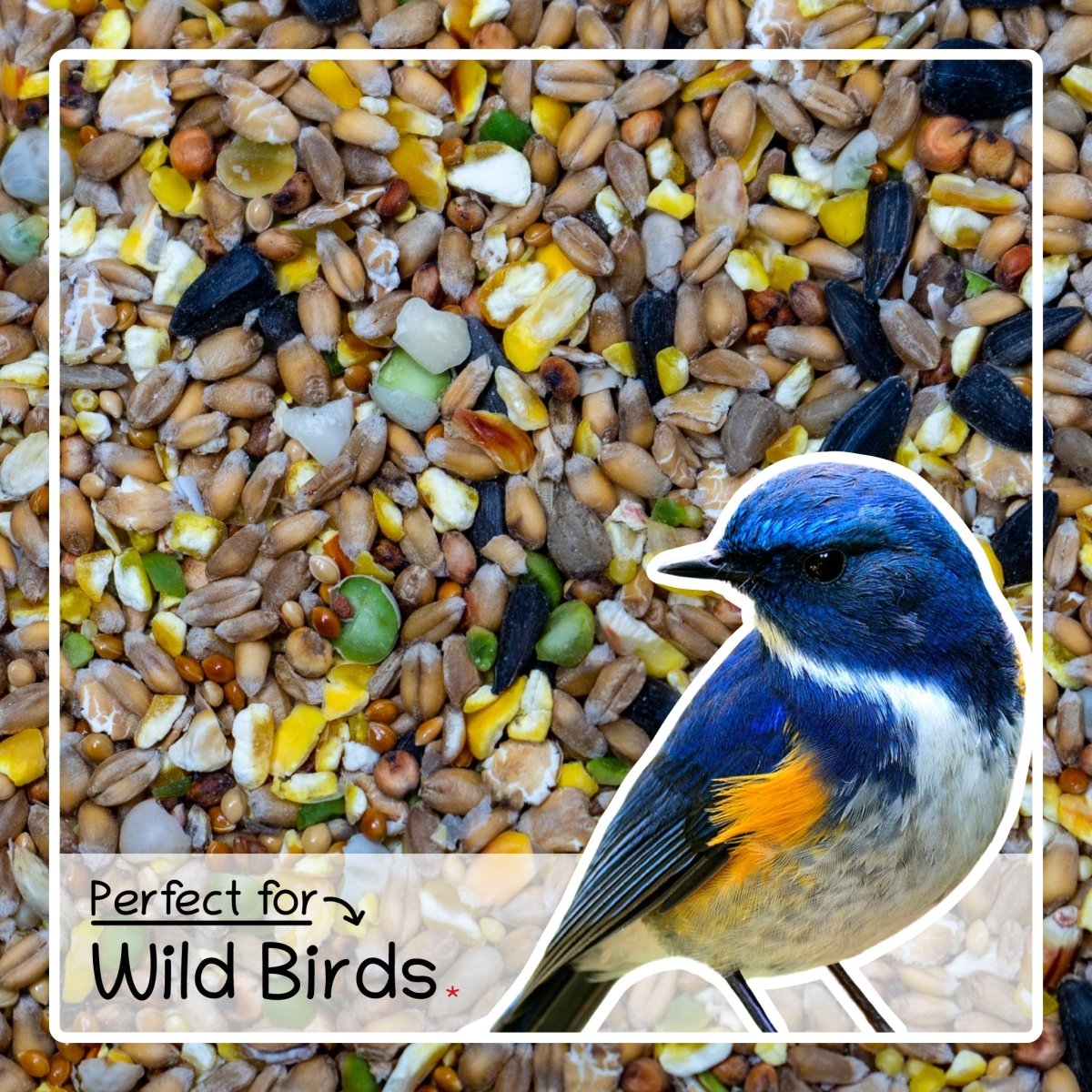
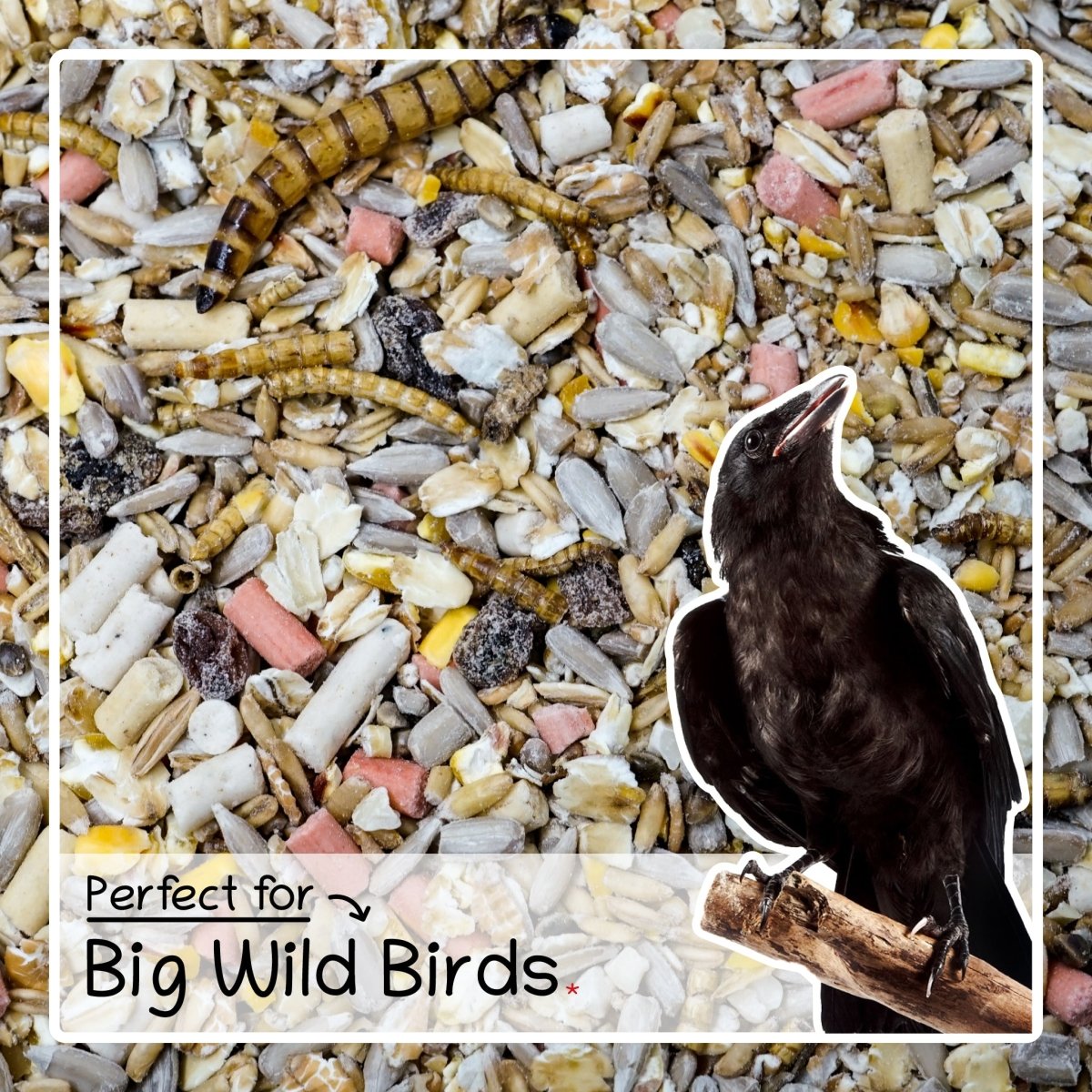
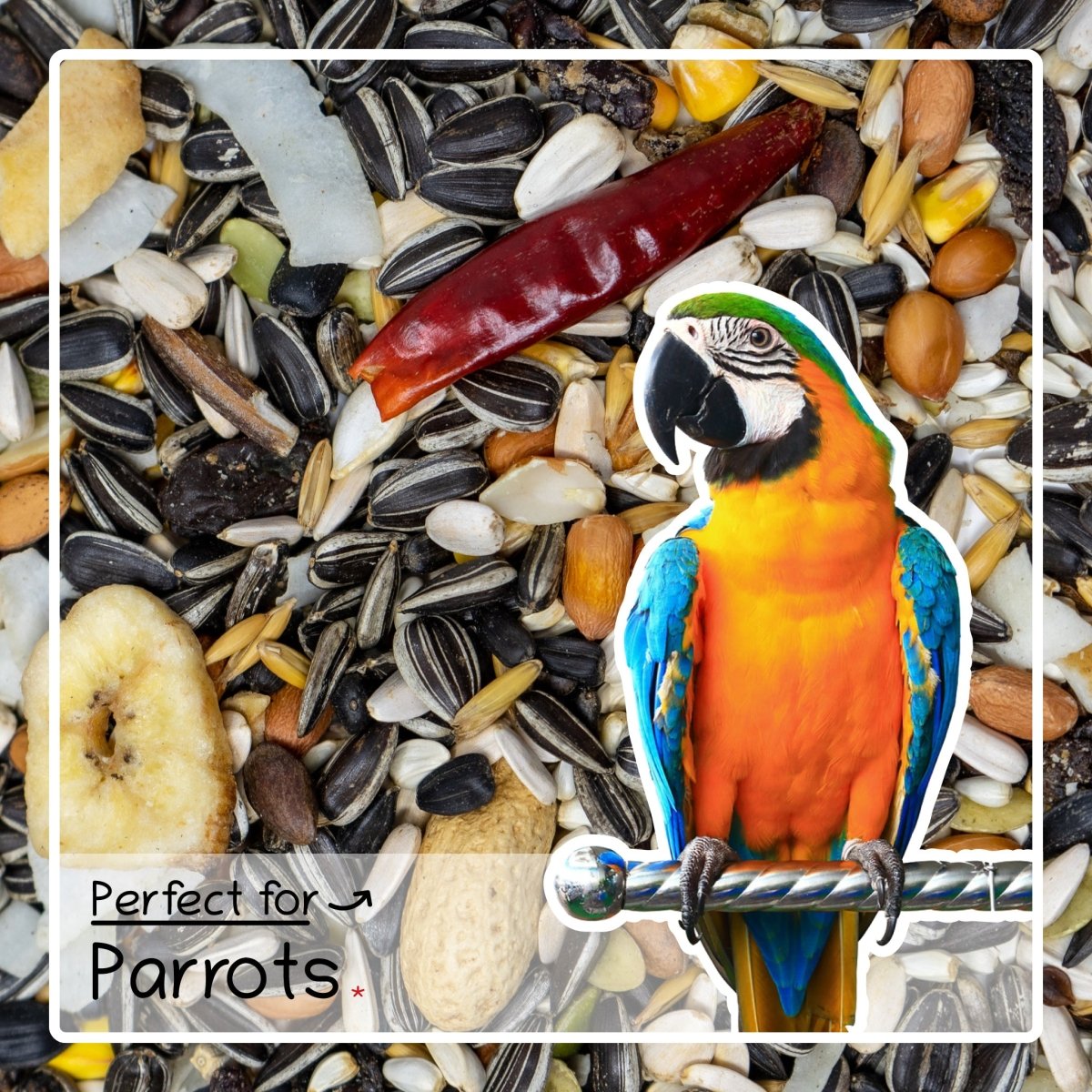
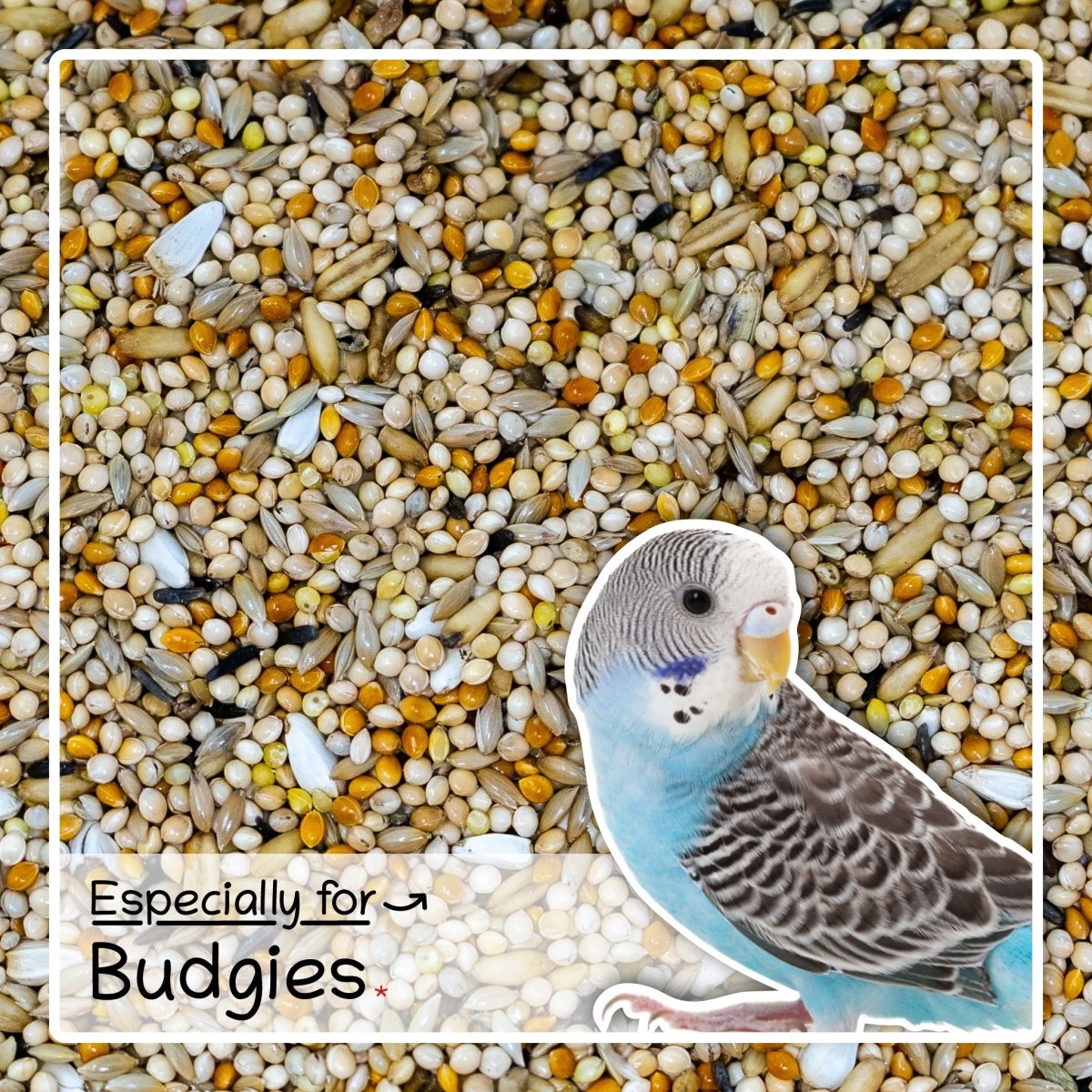
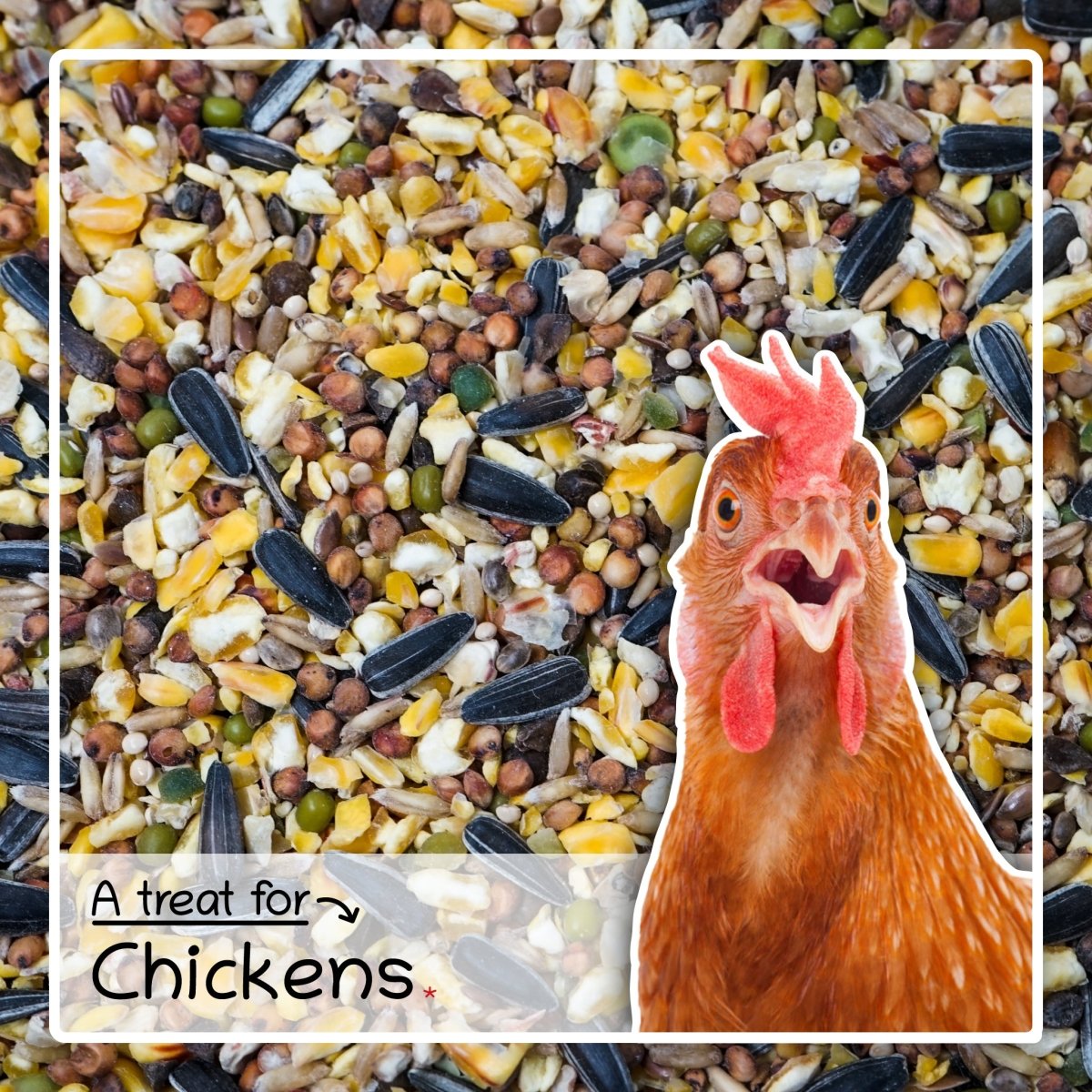
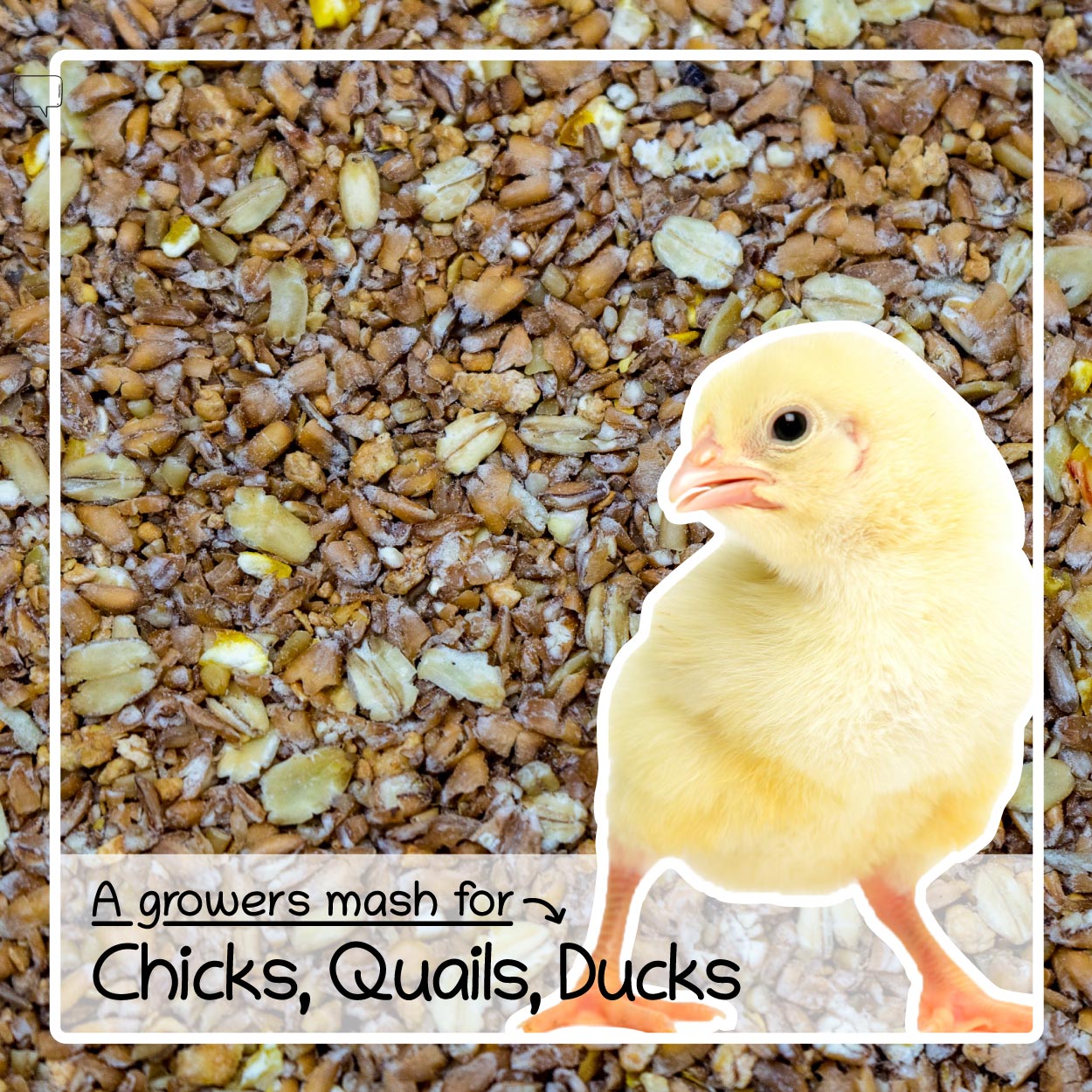
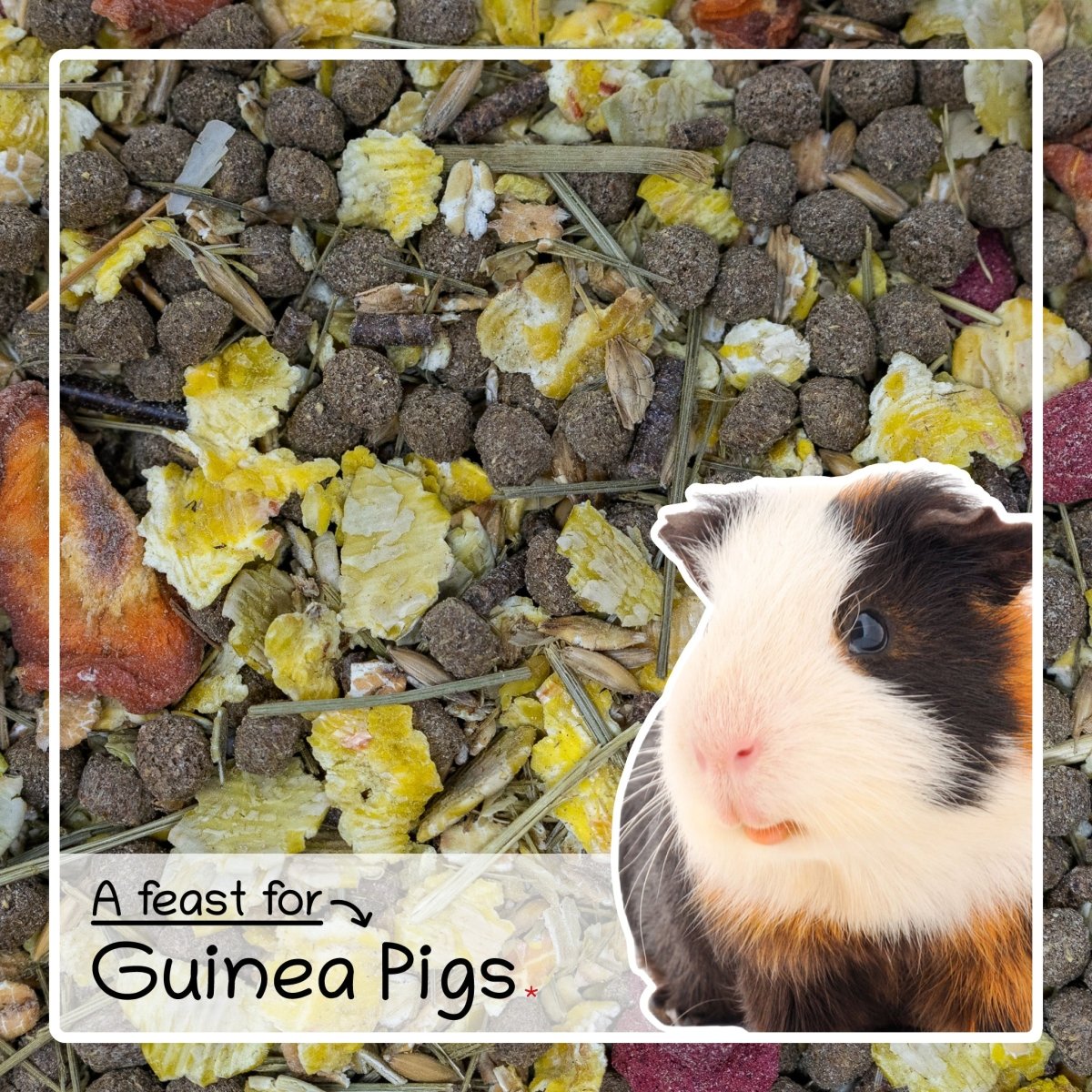
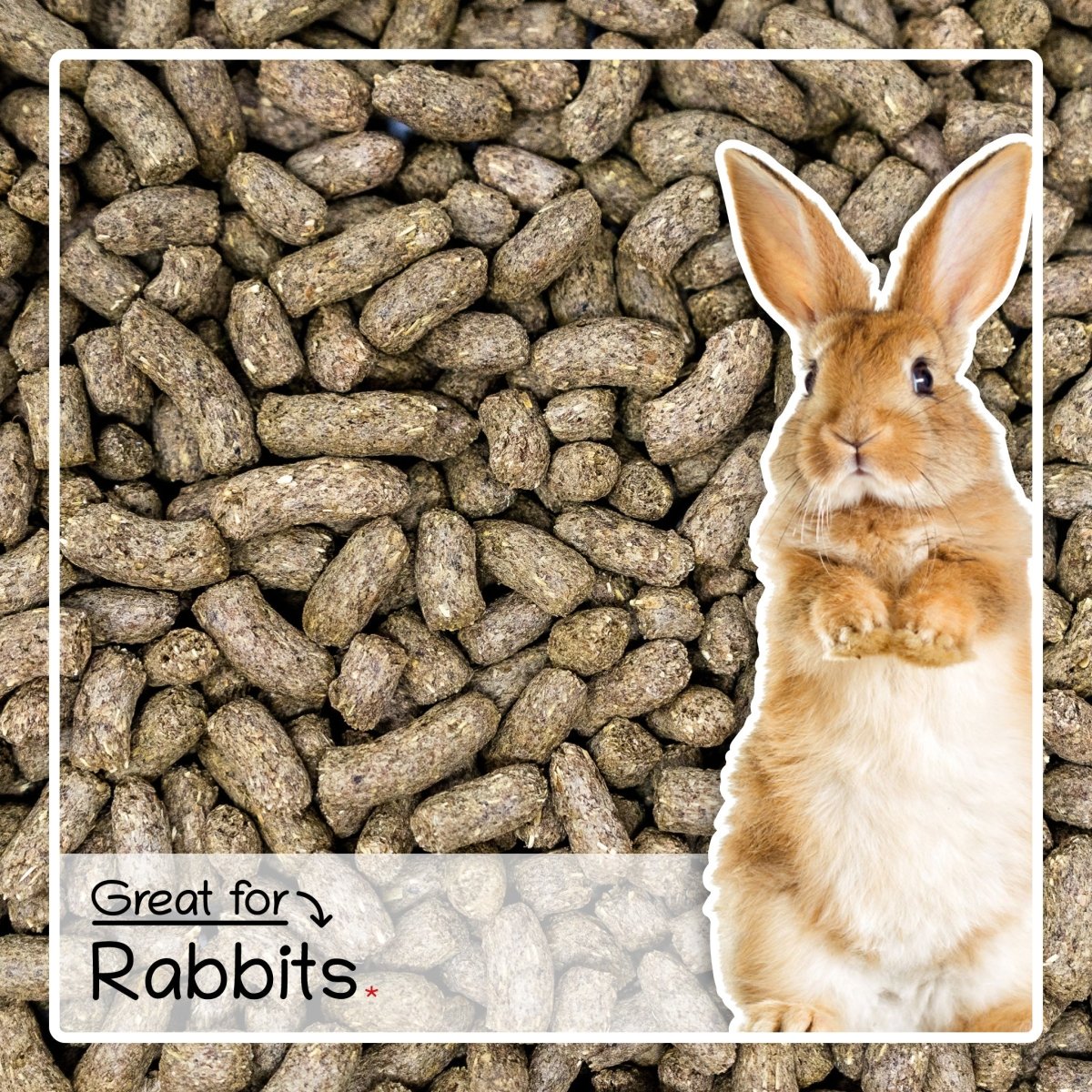
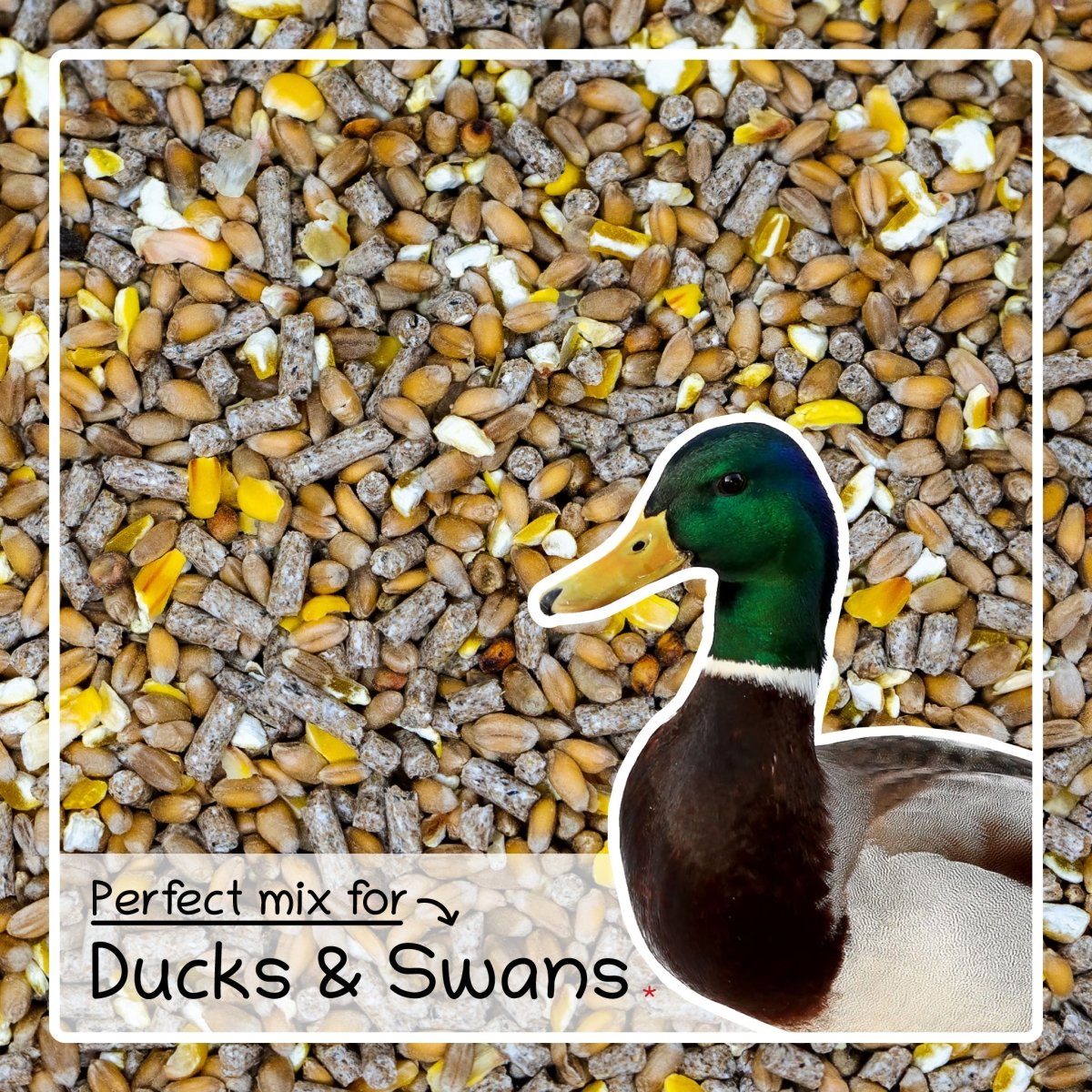
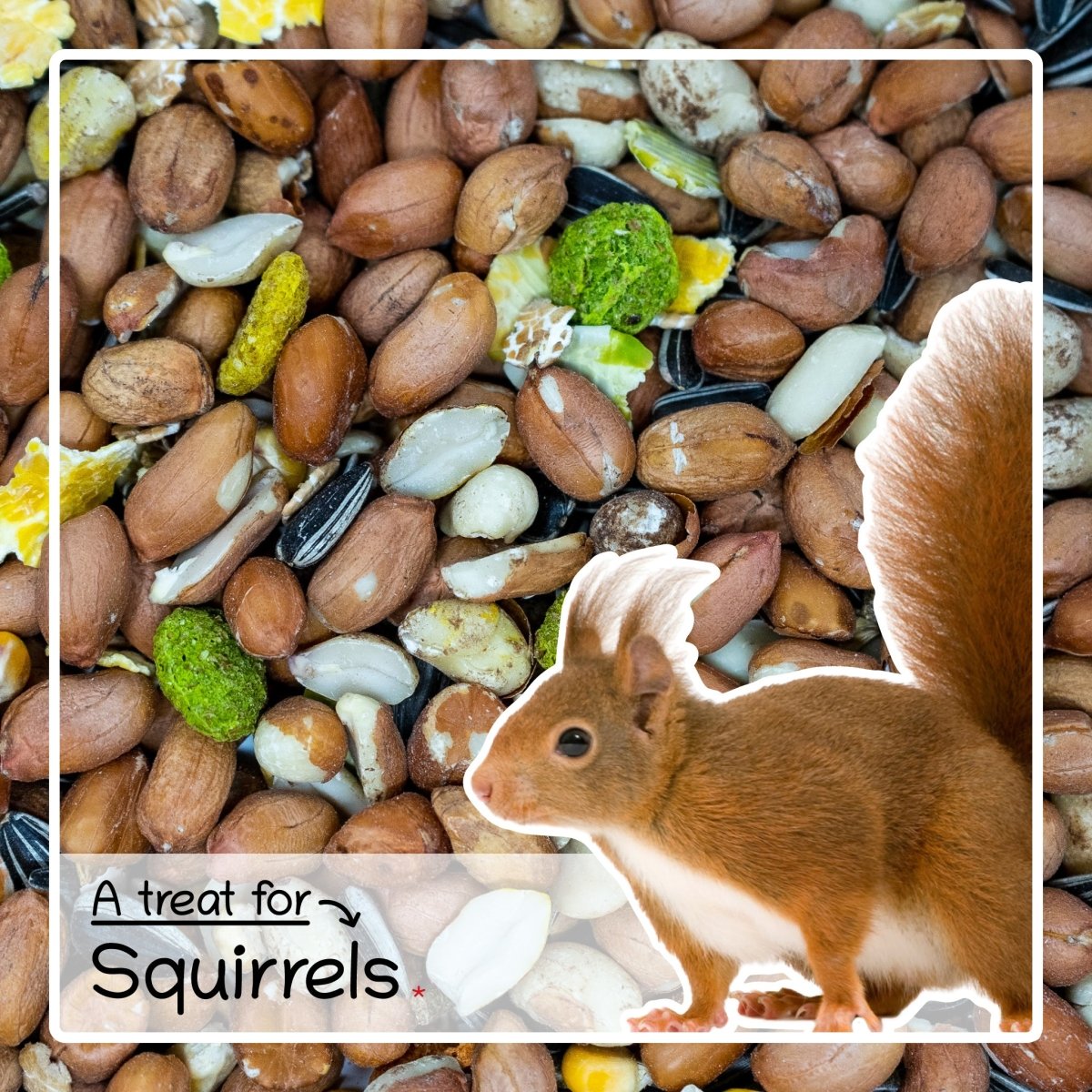


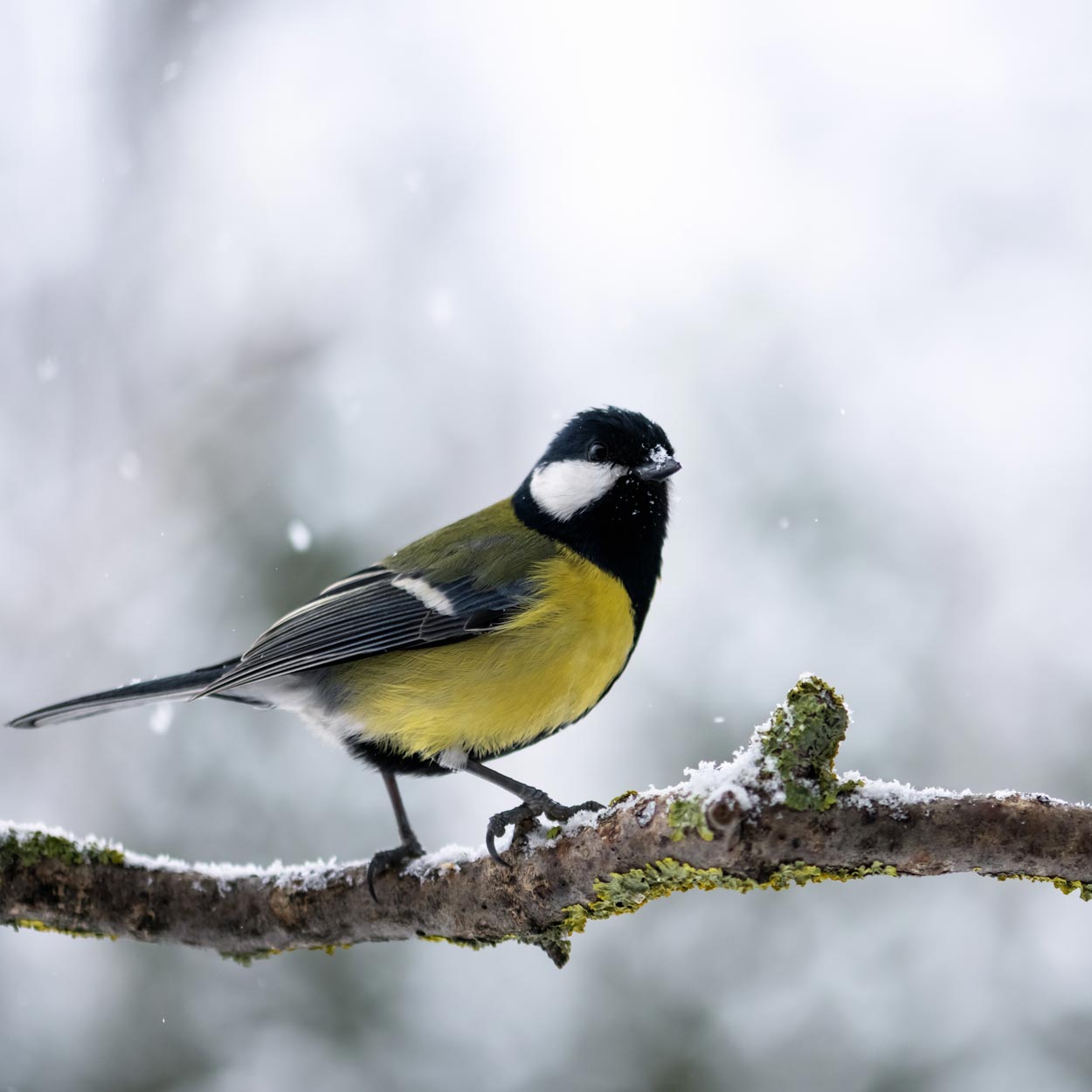
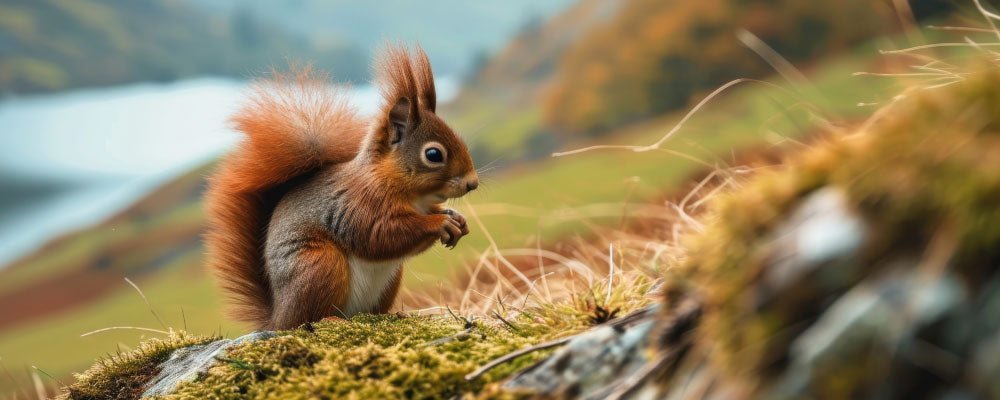

Leave a comment
This site is protected by hCaptcha and the hCaptcha Privacy Policy and Terms of Service apply.